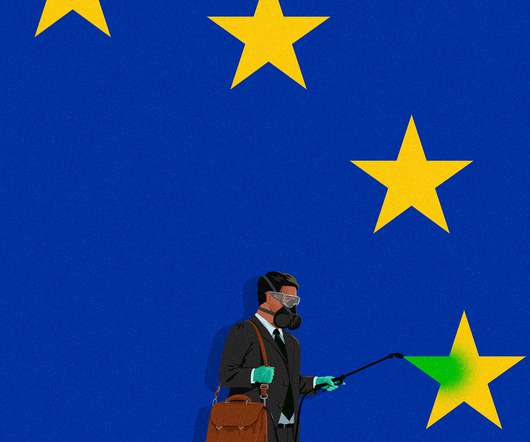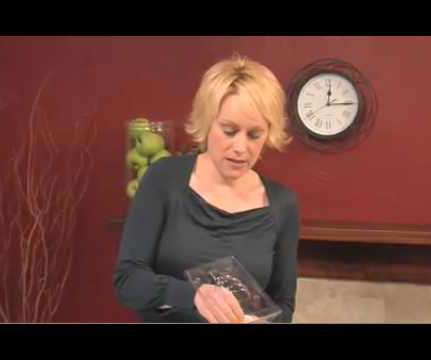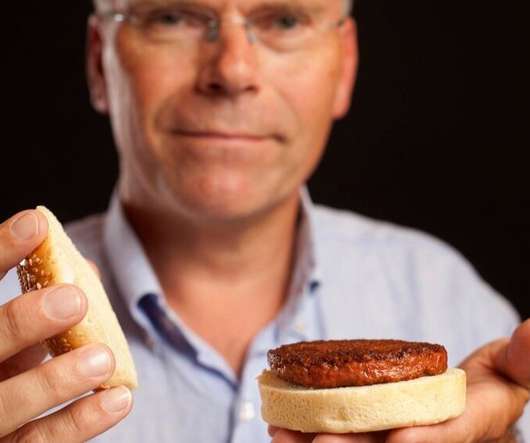Bill McDonough at 70: A look back … and ahead
GreenBiz
FEBRUARY 22, 2021
What we were looking at was how do we look at carbon in this circular economy? How do we look at carbon itself as an element, which is both an energy source and a material? In other words, a building that is organized instead of chaotic. And I just thought a building as an organism operated by children would be so much fun.

















Let's personalize your content